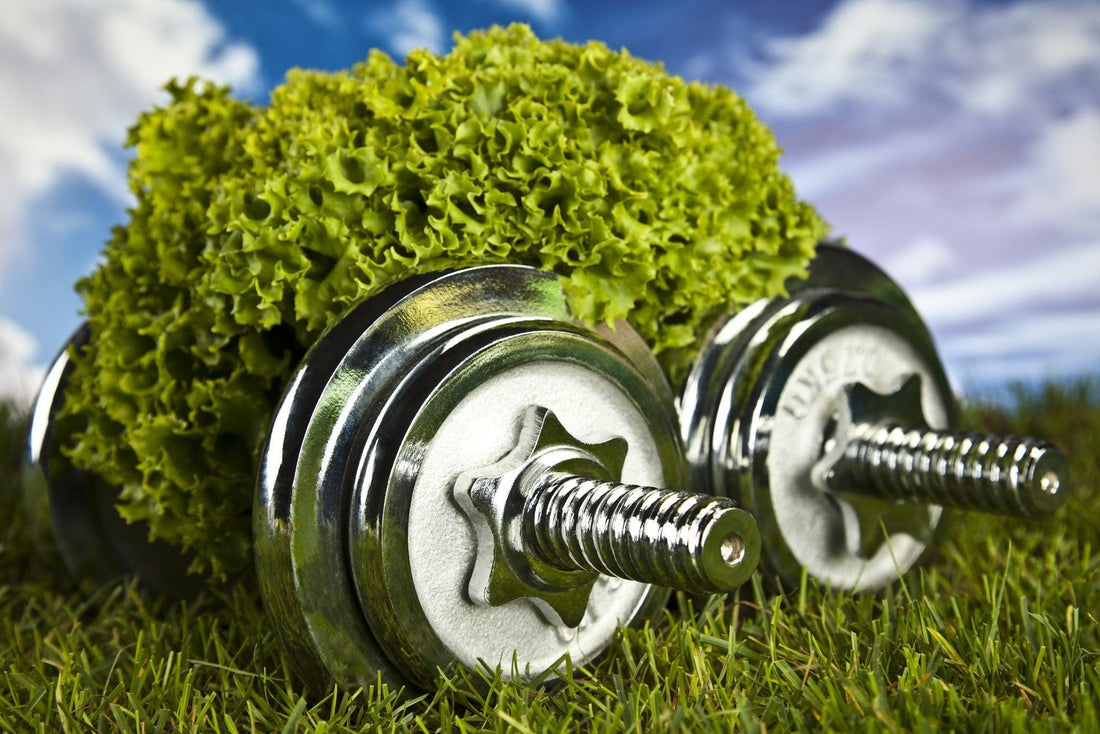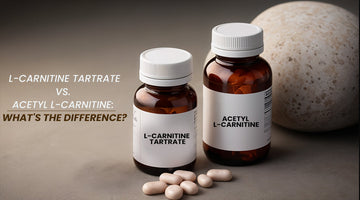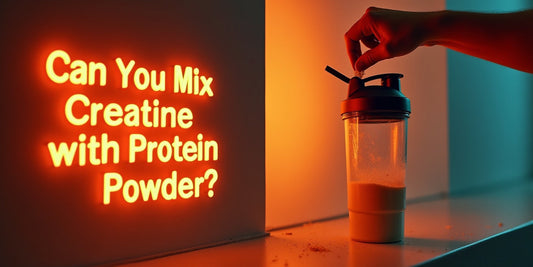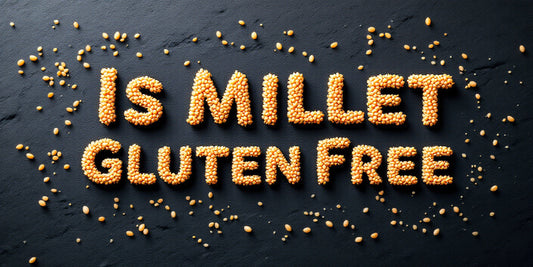

Green Mass: Vegetables for Bodybuilding
Table of Contents
| If you examine most athlete’s and bodybuilder’s diet, you will find a large portion of the diet consists of protein’s, carbohydrates, and fats, and smaller portions of fruits and veggies. Fruits and vegetables are essential for health. A new study recently found that leafy greens are essential for feeding good gut bacteria in your gut maintaining healthy gut bacteria and good digestive health. The fueling the colonization of good bacteria from leafy greens, this limits the ability of harmful bacteria to colonize the gut. Researchers from Melbourne and the UK identified a previously unknown enzyme used by bacteria, fungi, and other organisms to feed on the unusual but abundant sugar sulfoquinovose – SQ for short – found in green vegetables. The research, was published in the journal Nature Chemical Biology, reported that consuming leafy green vegetables results in significant amounts of SQ sugars, which are used as an energy source by good gut bacteria, further improving good GI health. |
| One of the healthiest vegetables to consume for overall health is broccoli. It’s no coincidence that more than 300 research studies on broccoli have converged in one unique area of health science – the development of cancer – and its relationship to three metabolic problems in the body. Those three problems are (1) chronic inflammation (2) oxidative stress, and (3) inadequate detoxification. The cruciferous family contains many essential nutrients found in only a few other foods. Besides glucoraphanin, these include indoles, glucosinolates, dithiolthiones, sulfoxides, isothiocyanates, sulforaphane and indole-carbinol. Broccoli is also a significant source of tocopherols, magnesium, selenium, thiamin, riboflavin and pantothenic acid. In some laboratory studies, broccoli has been shown to be anti-carcinogenic as well as helpful for heart and cardiovascular disease. |

Researchers from Italy have recently determined that broccoli will cut inflammation within hours of eating it. And eating broccoli for just ten days will reduce the body’s inflammation by more than half. Other studies find it prevents and repairs DNA damage and may even curb osteoarthritis. In 2010, researchers tested 27 young smokers who were otherwise healthy and gave them either 250 grams of steamed broccoli per day or a control diet. In this study, the researchers tested mRNA and DNA enzyme levels – which relate directly to the repair of DNA. They also measured DNA strand breaks within the blood. In this study, the researchers found that those eating the broccoli had 41% drop in strand breaks of DNA and other changes in enzyme levels associated with DNA protection.
|
In this 2014 study, researchers from Italy’s University of Milan fed 250 grams (one portion) of steamed broccoli to a group of ten young smokers. Then they tested the subjects three hours after the meal, six hours after the meal and 24 hours after. They found that the broccoli significantly increased their blood levels of vitamin C, beta-carotene and folate immediately. And within six hours, their glutathione S-transferase levels significantly increased. Glutathione S-transferase is an enzyme produced in the liver that clears toxins out of the blood and tissues. Then 24 hours after eating the broccoli, the researchers found that DNA damage due to free radicals was significantly reduced – by some 18% – in many of the subjects. In a related study, some of the same researchers from the University of Milan gave 250 grams of broccoli to a group of young smokers for ten days. Before and after the study the researchers collected blood from the subjects and conducted an extensive analysis of the blood. They measured the subjects’ various immune cell status, including C-reactive protein (CRP) levels, tumor necrosis factor alpha (TNF-α) levels, interleukin 6 (IL-6) and adiponectin. They also analyzed levels of folate and lutein in the blood. After the 10-day broccoli-enriched diet, the subjects were re-tested, and the researchers found that their CRP levels went down by 48%. This is a significant drop in CRP levels, indicating the smokers’ inflammatory levels dropped by over a half. The researchers also found that circulating levels of lutein and folate went up as well. The reduction in CRP levels was found independent of lutein and folate levels, and the researchers found that lycopene increases also accompanied a drop in IL6 levels – indicating a relationship between lycopene and inflammation factors – as other studies have confirmed. One way or another, broccoli is still one of the best vegetables to include with dinner. |
|
|
|
These results indicate that greater dietary variety is inversely associated with obesity in both sexes, suggesting that greater healthful food variety may protect against excess body weight. Dietary variety was determined by using the US Healthy Food Diversity (HFD) index, which measures dietary variety, nutritional quality, and proportionality according to the 2010 Dietary Guidelines for Americans. The subjects were divided into groups 1 through 5 with the higher number reflecting greater dietary variety. Both men and women in the group with the highest degree of dietary variety had roughly 50% reduced the risk of being obese. These results indicate that greater dietary variety is inversely associated with obesity in both sexes, suggesting that greater healthful food variety may protect against excess body weight.
Higher food variety index values were inversely related to indicators of body adiposity in both sexes, indicating that greater healthful food variety may protect against excess adiposity. This study explicitly recognizes the potential benefits of dietary variety in obesity management and provides the foundation to support its ongoing evaluation. |
| One of the newest trends in the bodybuilding world in the Alkaline diet for muscle mass. The alkaline diet is based on achieving an ideal pH level. The Alkaline diet relies on eating alkaline-producing foods, primarily vegetables and fruits, contain minerals like potassium, magnesium, and calcium that neutralize acids and raise pH, creating an internal environment that’s more beneficial to health. Acid-producing foods, including animal proteins, dairy, and grains, break down into compounds that promote a lower (more acidic) pH, which purportedly stresses the body and promotes disease. Acid producing foods—like meat, dairy, sweets, caffeine, alcohol, and artificial and processed products—are replaced by a diet rich in fresh fruits, vegetables, nuts, and seeds, which form alkaline substances. |
Also known as the pH diet or the alkaline-acid diet, the alkaline plan claims that certain foods are high in acid and that this overly acidic environment can trigger inflammation, which is thought to contribute to some adverse health consequences. In general, American diets are acidogenic, generating 75–100 mEq acid/d.
A previous study found that older men who consumed an alkaline diet were found to increase lean muscle mass.
A three-year study with 384 participants looking at diet rich in fruits and vegetables as well as reduced acid load resulted with increased lean muscle mass in older men and women. This is important because muscle mass gradually declines after age 50, and loss of muscles leads to greater risks of falls, fractures, disability, and loss of independence. Another study reported that a low acid diet or a high alkaline diet had higher fat oxidation at the end of a progressive treadmill exercise test to exhaustion than those who were consuming a high acid based diet.
| Researchers examined the effects of low and high acid diets on exercise performance. The study was a crossover trial in which participants underwent exercise testing on two occasions, once after following a low-acid producing diet and once after following a high acid producing food. |
Low Acid Producing Diet= High Alkaline Diet
The general strategy used for the low-acid producing diet was to increase the consumption of alkaline promoting foods such as fruits and vegetables and to reduce the consumption of acid
promoting foods such as meats, cheeses, and grains. More specifically, participants were instructed to consume 6-8 cups of vegetables and >4 servings of fruit each day.
High Acid Producing Diet= Low Alkaline Diet
During the high PRAL diet, participants were instructed to consume at least 3-4 servings of common grains (e.g. wheat, corn, and oats), three servings of meat, and 3 servings of cheese (especially hard cheeses such as parmesan) each day while minimizing the intakes of fruits and vegetables.
At the end of the study, anaerobic exercise performance was enhanced by the low-acid producing diet. Time to exhaustion during high-intensity treadmill running was 21% greater after consuming a low-acid producing diet as compared to a high acid producing diet, indicating that anaerobic exercise performance was augmented.
Therefore, a low acid producing diet, which focuses on high intakes of fruits and vegetables and has the added benefits of being rich in phytochemicals, fiber, antioxidants, and other nutrients, may be an attractive alternative to bicarbonate loading for improving anaerobic exercise performance. One such factor is dietary nitrates, which acutely improve exercise performance. Because vegetables are nitrate-rich and because large quantities of vegetables were consumed during the low acid producing diet, it is possible that nitrates might have enhanced exercise performance during the low acid producing diet trial.



















